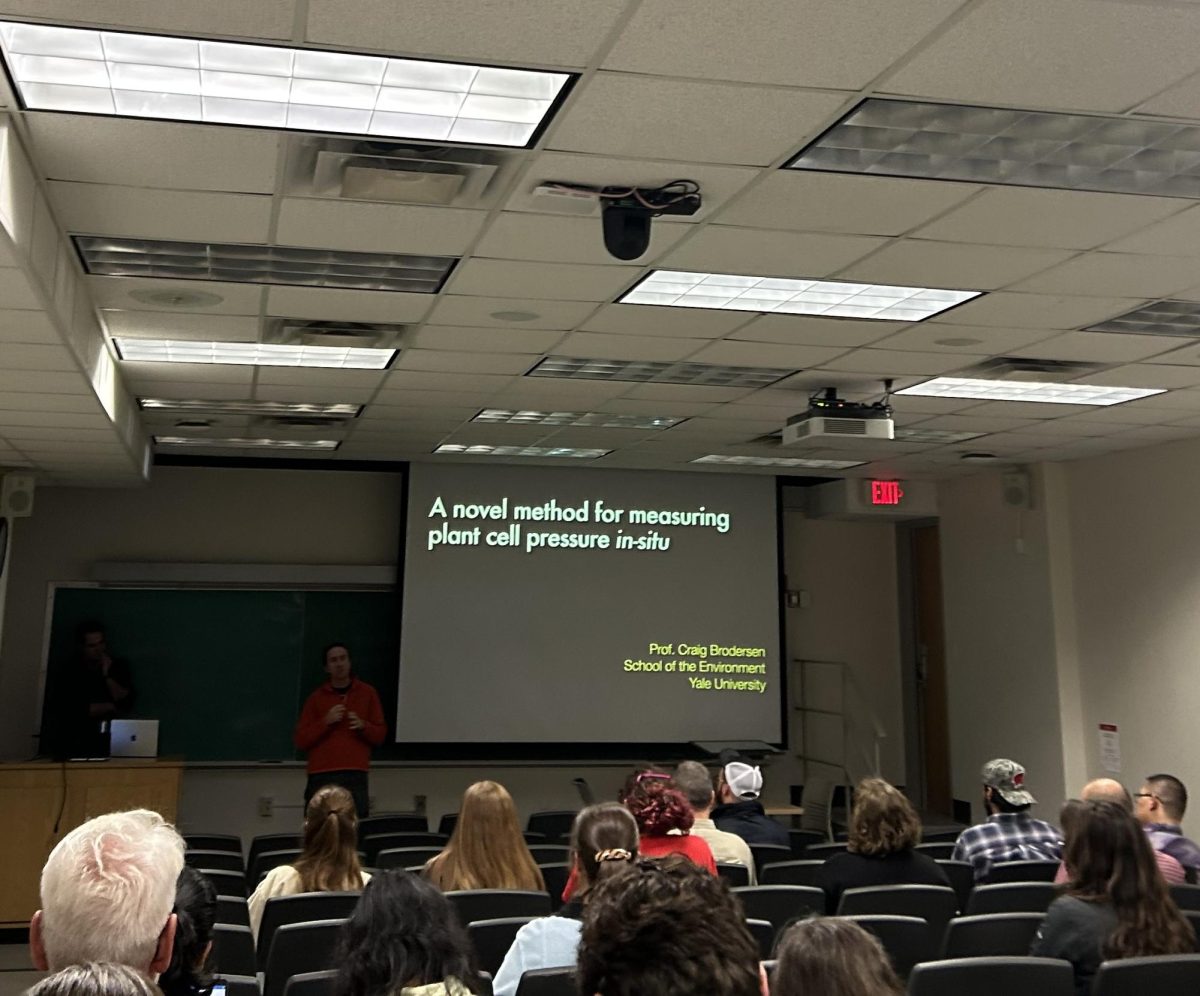While humans shoulder a large portion of the blame for climate change, an entity much smaller than human beings has more of an impact on the environmental crisis than most are aware of — marine plankton.
For years, scientists have understood plankton have an impact on cloud formation. According to an article from Science Daily, marine plankton are microscopic organisms that, in a given year, produce 20 million tons of sulfur through their breathing. The specific form of sulfur that gets released into the air is called dimethyl sulfide, or DMS.
Previous research studies have found the release of this sulfur into the atmosphere provides a basis for cloud formation. But groundbreaking research at the University of Wisconsin has found these previous studies may not capture the full picture.
This new research suggests most of the DMS emitted into the air does not strictly allow for new cloud formation because the majority of it goes to preexisting clouds, changing the fundamental understanding of the role of these tiny organisms.
The UW study suggests the process of cloud formation, which was previously believed to be one simple, linear cycle, is a more complicated process that may not be as direct as once thought.
Tim Bertram, a chemistry professor at UW and a lead researcher of the study, worked alongside others to learn more about the process of cloud formation and marine plankton.
“We’ve known for a long time as a scientific community that plankton in the surface ocean create reduced sulfur compounds, and one of those is this molecule dimethyl sulfide,” Bertram said. “It’s responsible for many things, one of which is the smell of the sea. Because of that, there’s really been a long-standing interest in what happens to this molecule when it’s centered off of the ocean surface.”
The Science Daily article explains DMS does not go directly from marine plankton into the atmosphere. Instead, the sulfur released from plankton first turns into a molecule called HPMTF.
‘Vaccine apartheid’ threatens America’s progress against pandemic
Ultimately, the loss of DMS causes a lower rate of cloud formation because the majority of it goes into clouds that already exist in the atmosphere. The implications of this have the potential to be wide-scale — affecting virtually the entire planet, according to the article from Science Daily.
An article from The Conversation explains the huge impact microscopic plankton have on the climate of the earth as a whole. Marine plankton help to keep temperatures on Earth cooler because they allow for cloud formation which reflects sunlight back into space.
Though the understanding of the science behind DMS and cloud formation has shifted thanks to UW’s research, Bertram said the research and findings on the topic are still relatively new.
The direct impact of what this information means for climate change is still largely unknown and an exact conclusion has yet to be drawn — but this is hopefully the next step, Bertram said.
“I think that the jury’s out on the effects, right, and I certainly don’t want to overstate our results,” Bertram said. “To me, that’s the next question that needs to be addressed. I think what [the] paper shows is that the formation of new particles, and thus, new clouds is going to be less given what we’ve learned in this study.”
Gordon Novak, a research scientist at the National Oceanic and Atmospheric Administration, was a UW graduate student who worked alongside Bertram and helped to create the analysis for this study.
Novak said he was always interested in oceanic and atmospheric interactions, and when there were some discrepancies found within the existing knowledge of cloud formation, he decided to hop on the research topic along with other scientists who became fascinated with DMS.
Medical cannabis research shows great potential but still faces barriers
“My research, in general, was about emission of gases from the ocean into the atmosphere, and sort of how that impacts the chemistry of the atmosphere,” Novak said. “Then with the people here at NOAA, National Oceanic and Atmospheric Administration, they went on this large-scale air research campaign where they flew that DCA aircraft full of a bunch of instrumentation out all over the global oceans.”
Bertram said the next step is to take the chemistry into a climate model to see how much these new findings may matter.
Novak and Bertram both agree it is too early to know exactly what the evolved chemical understanding means in terms of climate change, but they both agree there are a lot of unanswered questions for researchers to explore.
Though there have been advances in the understanding of plankton and their role in cloud formation, one thing remains clear — there is still a lot of work to be done, especially when it comes to learning the implications of these new findings on climate change.














